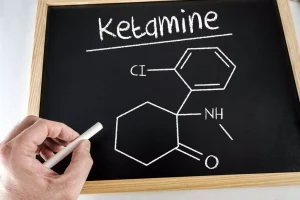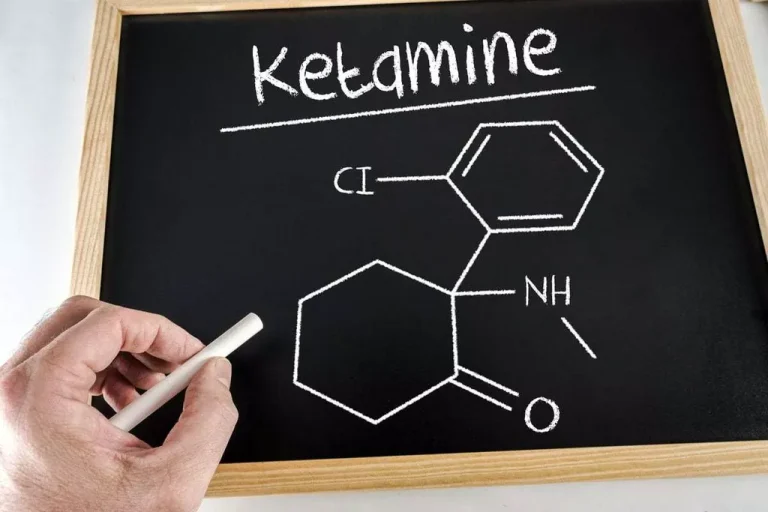
This comprehensive guide offers insights into the often-overlooked long-term toll of addiction, helping readers understand why recovery is essential for rebuilding a healthier future. These are just a few examples of the potential health consequences of alcohol misuse. It’s also worth noting that heavy drinking can impair judgment and coordination, increasing the risk of accidents and injuries. Additionally, chronic alcohol misuse can lead to addiction, which can be challenging to overcome without professional help. Second, medical epidemiology studies typically suffer from poorly defined reference groups (Rehm et al. 2008).
What Are The Risk Factors For Alcoholism?

The long-term effects of substance abuse are profound and far-reaching, impacting physical health, mental well-being, relationships, finances, and overall quality of life. Each substance poses its own unique risks, and the cumulative toll on the body and mind can be overwhelming. However, understanding these consequences can be the first step toward change. In this article, we’ll explore the multifaceted consequences of long-term substance abuse, from its physical and mental health implications to its effects on relationships, finances, and daily life.
- Alcohol disrupts the hippocampus, the part of the brain responsible for memory formation.
- These differences may be related to the pharmacokinetics of alcohol in men and women.
- Substance abuse often leads to job instability due to decreased productivity, absenteeism, and impaired work performance.
- It can also increase snoring and sleep apnea, making it hard to get a good night’s rest.
- The characteristics and impact are on the brain’s neurons and its brain cells.
Skin and Physical Appearance
If your partner or spouse is a heavy drinker, you long-term alcohol misuse may cause may find it difficult not to drink. Substance abuse has a wide-ranging impact that goes beyond the immediate risks of addiction and overdose. While the short-term effects can be devastating, the long-term consequences of substance abuse extend deeply into nearly every aspect of a person’s life.
What are the Long-Term Effects of Alcohol Abuse?
It is important to seek out professional alcohol use disorder treatment if attempts to stop or moderate drinking are not effective. Memory, reaction time, coordination, and the ability to think clearly are all impacted when drinking, but these issues generally resolve once alcohol has been processed and is out of the bloodstream. But regular, heavy drinking can cause some of these kinds of issues that become semi-permanent or permanent. Long-term damage to the brain is not unusual in heavy drinkers, and it may be caused directly by alcohol or indirectly by poor health and nutrition.
Long-Term Effects of Alcohol on the Liver & Pancreas
Early action offers the best chance for recovery, empowering individuals to regain control before alcohol dependence takes a deeper toll. While short-term effects are noticeable during or immediately after drinking, long-term alcohol use can lead to persistent behavioral changes and significant disruptions in one’s daily life. These changes are often the result of chronic Sober living house exposure to alcohol, which alters brain structure and function over time. Alcohol’s cancer-promoting effects may be exacerbated when combined with other lifestyle factors, such as smoking.

But once the sedative effect wears off, it can disrupt or lower the quality of your sleep. It can also increase snoring and sleep apnea, making it hard to get a good night’s rest. This is when your body doesn’t make enough healthy red blood cells to move oxygen around. Too much booze may also make you more likely to skip meals, which can short-change your body of iron. If you have a little too much alcohol once in a while, it probably won’t do lasting damage if you’re otherwise healthy. Our admissions navigators also offer an empathetic ear and tons of treatment-related insight to help get you on the road to recovery.

However, two arguments can be made to justify the use of mainly unadjusted RR formulas in the 2005 GBD study. First, in risk analysis studies (Ezzati et al. 2004) almost all of the underlying studies of the different risk factors only report unadjusted risks. Relying on adjusted risks would severely bias the estimated risk functions because only a small proportion of generally older studies could be included.
Can IOLs Get Dirty Inside of the Eye and Cause Blurry Vision?

Reduced blood flow to the brain results in blockages or blood vessel damage, which is what causes vascular dementia. It has been suggested that alcohol consumption may cause the development of vascular dementia. However, the connection between alcohol and vascular dementia may be related to a few factors, such as hypertension, thrombosis, blood vessel damage, and nutrient deficiencies. The biggest indirect cost comes from lost productivity, followed by premature mortality.234 Men with alcohol dependence in the U.S. have lower labor force participation by 2.5%, lower earnings by 5.0%, and higher absenteeism by 0.5–1.2 days. Premature mortality is another large contributor to indirect costs of alcohol dependence.235 In 2004, 3.8% of global deaths were attributable to alcohol (6.3% for men and 1.1% for women).
Alcohol-Related Vision Disorders
- Reach out to us today to learn more about our substance abuse treatment programs in San Antonio or to get started with a confidential, risk-free assessment.
- Biological, physical, psychological, and environmental factors can also contribute to the disease.
- This holistic approach can help you achieve long-term sobriety and potentially reverse or mitigate further liver damage.
Recent studies show that seeking treatment increases your chances of long-term recovery by up to 60%. Reach out to addiction specialists today to explore personalized treatment options and start your journey to lasting sobriety. Effective alcohol addiction treatment programs employ a multidisciplinary approach, combining various therapies and support services. This may include individual counseling, group therapy, medication-assisted treatment, and holistic therapies. A study published in the Journal of Substance Abuse Treatment found that combining different evidence-based interventions can improve treatment engagement and long-term recovery rates.


